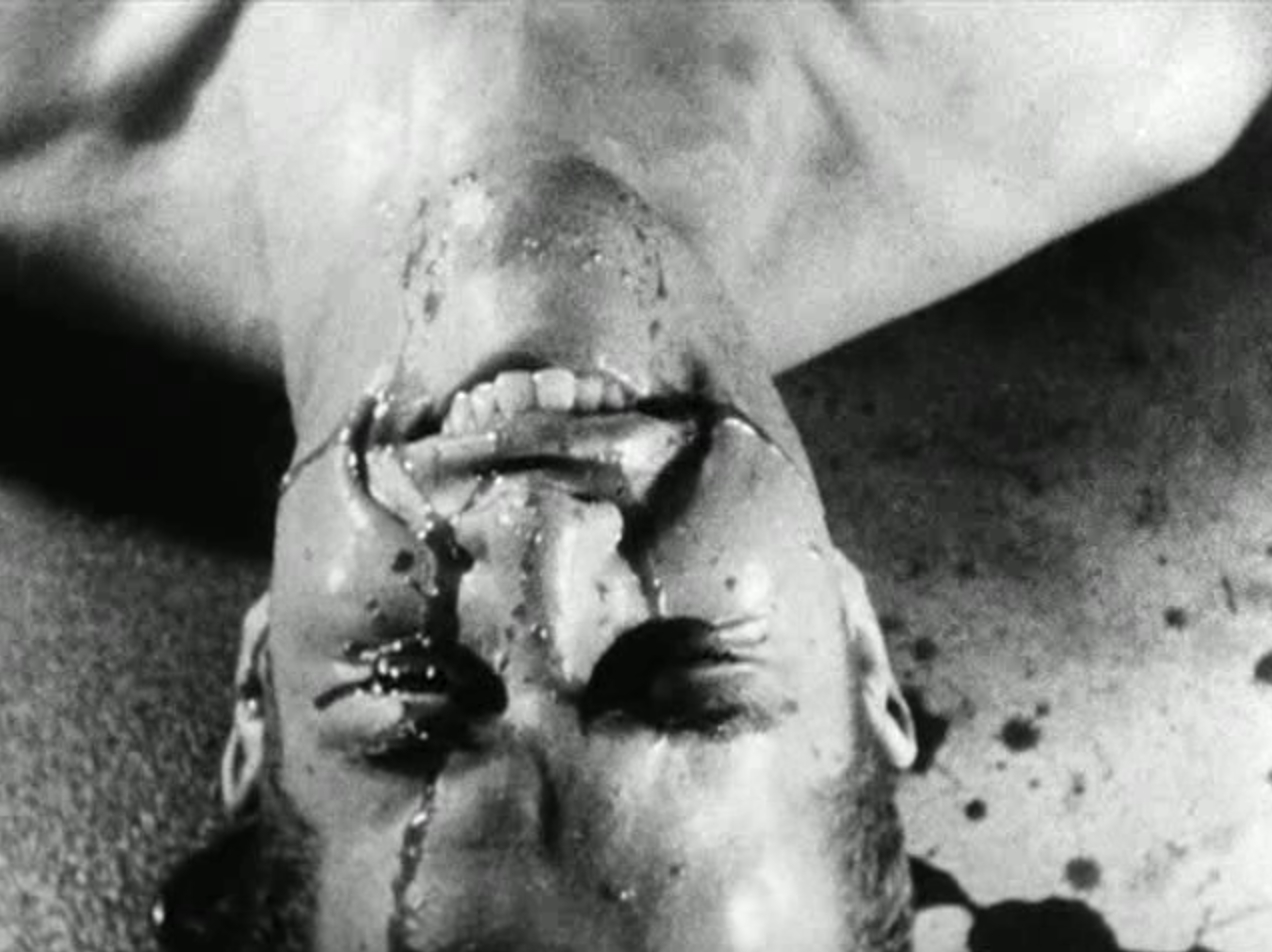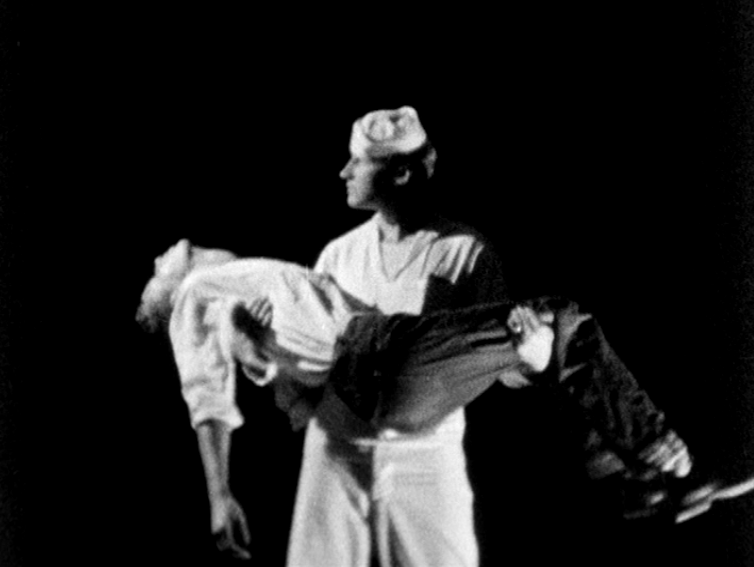Essay 2nd trimester: Kenneth Anger and the occult
Kenneth Anger and the occult
Kenneth Anger (born in 1927) is an American underground experimental filmmaker. Throughout his career he has produced around 40 works. In his films, Anger mixes surrealism, camp homoeroticism together with features borrowed from the occult. Writings about his work mostly focus on his fascination of the ‘Golden Age of Hollywood’ (camp), the depiction of gay male sexuality and the fact that his creations can be seen as an early form of music video. With this essay I would like to dive deeper into his world and the content of his films by analyzing its occult side. By doing so I hope to get a better understanding of his work in general and begin my personal research into avant-garde filmmaking and its practices.

Photo by: Sebastian Kim (for Interview Magazine)
Early movies
Both Anger and Maya Deren are seen as the forerunners of a generation of visionary filmmakers like Brakhage, Harrington and Markopoulos. An analogy is often made between the work of Anger and Deren. In their early works there are indeed parallels that can be drawn. Fireworks (1947), At Land (1944), and Meshes of the Afternoon (1943) can all be seen as psychodrama, which is “a genre of American avant-garde film in which the filmmakers dramatize disturbed states of consciousness” (McDonald, p. 50). As Anger explains in a conversation with Nicolas Winding (source: youtube, see bibliography), the idea of Fireworks came to him after a dream occurred to him in which after he witnessed sailors hunting down and beating up Mexican children in downtown L.A.. Juggling between an erotic dream and a nightmare, Fireworks displays a tension following one’s gay desire and the risk of violence that went with it at the time (homosexuality was illegal in America in 1947). As McDonald mentions: “Fireworks represents the impossibility of denying gay desire, even in a repressive antigay society” (McDonald p.52).
Like a dream in a dream, the 14 minutes film shows a young man awakening with what seems to be an erect penis under the sheets, which turns out to be an African statue of some kind. While dressing up he picks up photographs of him (Anger) being carried by a sailor in a Pieta-like pose, a tableau which he has just woken up from. As he tosses the photographs in the not-yet-lit fireplace, Anger procedes towards a door near which a wire sculpture is hanging (reference to Cocteau) that marks a sign with the text ‘gents’ on it. Behind the door he finds a sailor flexing his muscles. Anger is taken aback, keeps watching and eventually decides to offer the muscular man a cigarette. The man first appears to enjoyAnger’s gaze but suddenly gets aggressive and starts slapping him in a comic manner. The silly slapping stops and Anger now has a cigaret in his mouth. The sailor offers to light up Anger’s cigarette with a big bush of burning twigs. Anger accepts but out of a sudden a group of sailors holding chains are staring together at him and start chasing him down. At this point one visualizes the kind of risk encountered by gay men as I previously described above. As the sailors catch him, they strip him down and start beating until he is full of blood. A bottle of milk is smashed and the chards are used to cut open his chest. In place of a heart, Anger has a functioning mechanical ticker. The sailors then clean away the blood from Angers face and body with milk (or seamen). The movie ends with a scene in which the first sailor from the beginning opens his zipper to unveil a roman candle, which he proceeds to light up, sparking as ‘fireworks’ from his pants. Everything ends well as we find Anger awaking again, lying in bed with a young man whose face is scratched away on the film. Was it just a dream?

 Stills from Fireworks
Stills from Fireworks
The representation of inner conflict shown in Fireworks is the ideal showcase of a psychodrama. In this sense the comparison between Anger and Deren makes sense. Later on both artist distance themselves from psychodrama and start making use of ritual in their films.
The occult and use of ritual
In her text Illuminating Lucifer, Carol Rowe argues that “recent critical work attempting to draw parallels between the films of Derek and Anger through their mutual preoccupation with mystical ritual is misleading.” (Rowe, p.26). She argues later that Anger is “not a surrealist who puts blind faith in his own dream images and trusts his dreams to convey an ‘uncommon unconscious,’” and further asserts that the filmmaker “works predominately in archetypical symbols.” (Rowe, p. 27).
This was not that much the case in Fireworks but indeed, there is a huge difference between the two artists’ use of ritual in their films.
As described in the following quote from the article page 26 Rowe classifies Maya Deren as a forerunner of structuralist but also notes that Deren was concerned with occultism as a classicist, which embodies the way of thinking of the enlightenment.
